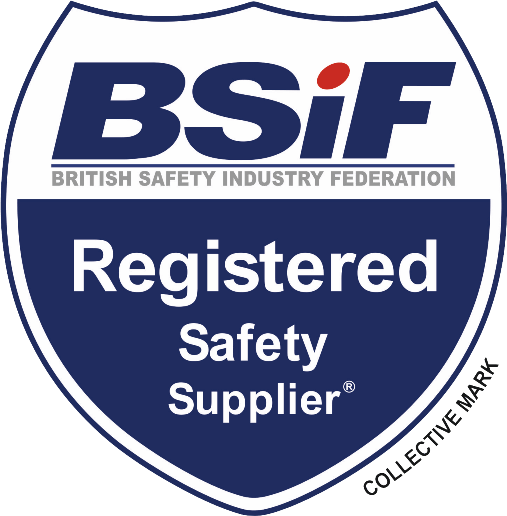This page is regularly updated with reports of times when we asked ourselves, “Why Not” and what we did next.
“Why Not take measurable, meaningful actions to be the sustainable safety footwear brand?”
In short, by 2022 we want the industry to talk about us as “The Sustainable Safety Footwear Brand”, it sounds like a lofty ambition, but the below details reports of where we are, and where we are going.
"Why not ensure all of our waterproof membranes are non-EPTFE, and feature recyclable layers?"
Until recently, arguably the most widely used membranes in the outer wear, clothing and footwear sector.
An EPTFE Membrane is an incredibly thin inert material that blocks out wind and water. Using this in footwear will make it fully waterproof.
It is usually paired with a layer of foam to wick away moisture (sweat) however the sweat cannot escape – think about a one way street, which can cause the footwear to be uncomfortable over long periods.
This material also causes the foam lining to create pools of moisture. Of the available technologies, it is the most damaging to the environment.
A newer technology, non-EPTFE Membranes are made of several materials to create a laminate.
To the outside, it has protective layer that will not allow water to pass through and a hydrophilic membrane to wick away moisture from the inside.
The innovation comes in an intermediate layer that spreads out the moisture, making it disperse much quicker.
It has variable performance depending on the activity level of the wearer.
For clarity, just the production of Non-PTFE materials emit 36% less Greenhouse Gases (GHG) per Kilo than PTFE ones. PTFE materials must be incinerated at the end of life, resulting in a number of carcinogenics and GHG being sent into the Earths atmosphere.
"Why not source our upper materials from the most sustainable sources?
We’ve been manufacturing footwear since 1987, and now have one of the most diverse ranges of safety footwear available in the world.
It’s widely publicised that the textile materials used in footwear and in garments have a catastrophic impact on the environment. Most pressingly, water consumption during production.
So we asked ourselves the above question.
We now employ a full time Materials Technologist, Cathryn works alongside our Senior Team, supply chain, factories and partner component manufacturers to source the most sustainable components available.
In this area, we use LWG accredited upper materials. Currently, only 20% of finished footwear is manufactured using Leather Working Group accredited materials. LWG manufacturers have an average energy use reduction of 48% and water consumption reduction of 35%.
In addition, we manufacture styles using the Sympatex® Climate Upper material which is fully synthetic and uses 90% less water in production than leathers and other natural textiles.


